Girls’ schooling in South Australia closely followed developments in England. Extensive debates on girls’ education in England from the mid nineteenth century culminated in the provision of academic schools such as those of the Girls’ Public Day School Trust. Some schools accepted girls from state elementary schools, responding to pressure from below for greater educational provision as well as demand from above, implicit in the willingness of some newer universities to accept female students. Overall they offered a more substantial education, preparing girls for teaching in elementary schools and the new secondary schools.
Foundation
The South Australian Government established the Advanced School for Girls in Franklin Street, Adelaide in 1879. This acknowledgement of the changing role of women and the need for well-educated teachers after the Education Act 1875 was only five years after the founding of the University of Adelaide, which from its inception planned to admit women to degrees. It was also four years after the establishment of Brisbane Girls’ Grammar School, a department of the state-funded boys’ grammar school which, while slightly different in origin, might well be called the first ‘state’ high school for girls in Australia.
The Advanced School offered girls whose parents could afford the fees preparation for university education and entry into the professions. It was viewed with pride by Adelaide families. It was South Australia’s only public academic high school, in part because of the substantial provision of church and corporate schools for middle-class boys at the time, but also because of the significant changes for women in the last quarter of the nineteenth century, particularly in female labour markets.
Progress
During its lifetime the Advanced School for Girls provided almost two-thirds of the earliest women graduates of the University of Adelaide. The school also underwent a complete transformation. In its earliest years it catered mainly to middle-class students, admitting only a handful of bursary winners from state elementary schools. Over the years the bursary winners increased and the middle-class students drifted away to private schools. These were often staffed by former Advanced School students who had completed degrees and were offering a more academic strand than before. Ellen Benham, for instance, gained a BSc (Hons) in 1892, taught at the Advanced School and at various private girls’ schools and lectured in botany at the University of Adelaide. In 1914 she purchased Walford House School, a school that continues to this day at Hyde Park.
Transformation to Adelaide High School
In 1892 the Advanced School moved to 97 Grote Street, Adelaide. Containing within itself elements of both private and state schools, the Advanced School was a catalyst in the development of both systems. It becoming part of the new Adelaide High School in 1908 signalled a broader acceptance of state secondary schooling. Madeline Rees George, the highly regarded headmistress of the Advanced School for 22 years, became senior mistress in charge of the girls in the coeducational Adelaide High School, but never the headmistress of the school as a whole.


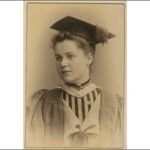

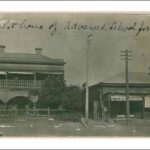
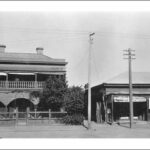
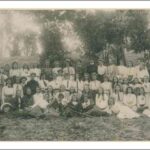
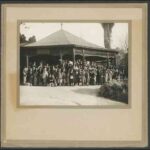
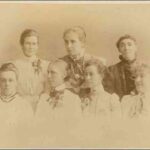
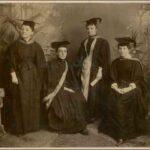
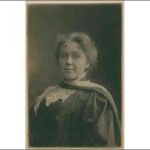
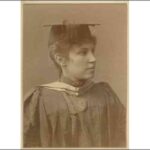
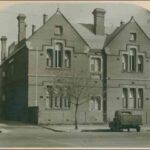
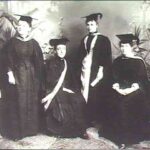

Comments